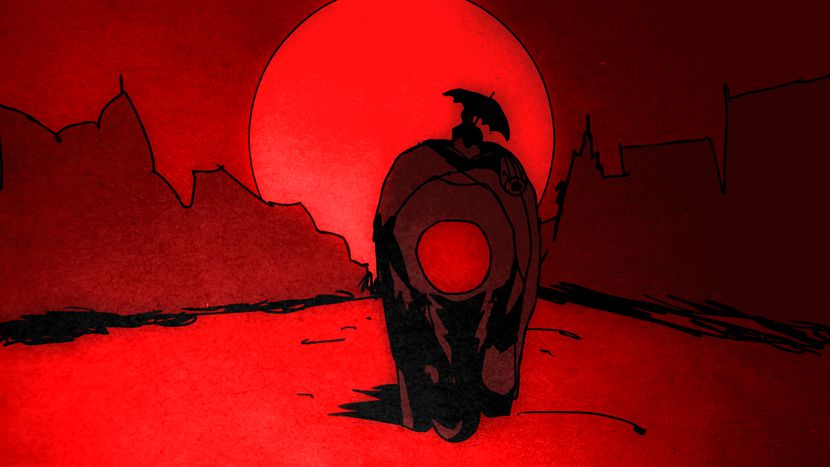
Zagreb, world capital of animation
Published on
Zagreb started to gain visibility on the world map of animation in 1962 when ‘Ersatz’, by the pioneer of Croatian (Yugoslav) animation, Dušan Vukotić, became the first non-American animated film to win an oscar. Today, the slogan 'Z is for Zagreb' stands for the city’s long tradition in animation and the world festival of animated film. Report from Animafest
The bowler-hatted cartoon man, Mandlek, pops up mysteriously from the streets of Zagreb. The Animafest mascot has been the main character of the festival’s posters since 1972. The city of Zagreb was granted the license to establish Animafest in 1969 as a result of the ‘former worldwide reputation’ of Zagreb animation. In between film screenings programme curator Vanja Hraste tells me about her recent journey to San Francisco, where she exhibited Croatian animation. ‘It was a nice opportunity to see that people were still interested in those films from the 50s, 60s and 70s,' she says. 'Actually for most of them, that was the first occasion to see them.' Yet can anyone name any films from the 90s? An improvised Serbian-Croatian-Bulgarian-English conversation with the pioneer of Croatian animation Borivoj Dovniković aka Bordo, and his wife Vesna, reveals that the past 60 years have marked a clear ‘before’ and ‘after’ in the history of Croatian animation.
Zagreb school now and then
In 1956 independent animated films in Croatia were on the rise with the foundation of an animation department at the production company Zagreb film. Back then, Dušan Vukotić and his colleagues maintained an explicitly ‘anti-Disney’ attitude. ‘This was the main reason why their films differed greatly from the classic animation to which the world was accustomed,’ clarifies Bordo. The term used to refer to the-then Croatian tradition in animation was coined by French reviewers George Sadoul and Andre Martin as the Zagreb school of animated films. ‘Zagreb School was distinguished from most contemporary animation by the shifting focus from personal experience to general state of human condition,’ explains Jurica Starešinčić, animator and editor of The Croatian Film Journal ('Hrvatski filmski ljetopis'). We're at the festival’s main venue, kino Europa, which was known as kino Balkan until the Croatian war of independence (1991-1995).
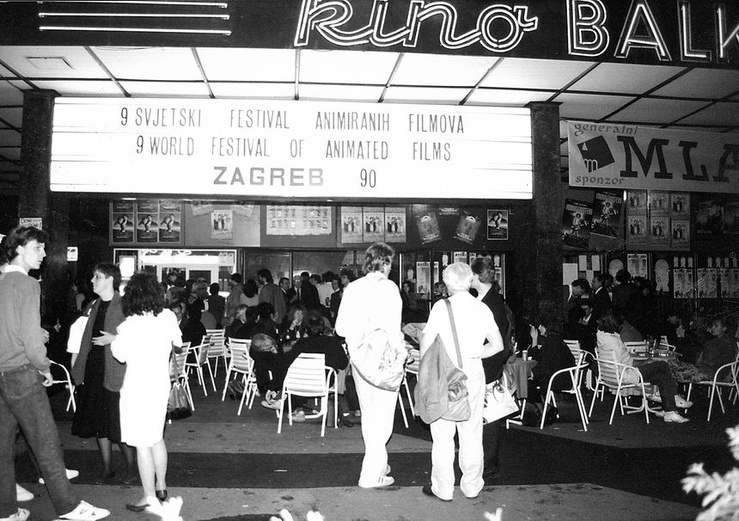
Computer technique in animation was introduced in 1991. ‘It’s why we can no longer talk about the classical Zagreb School,’ says Bordo. Jurica argues that Croatian animators from the new generations follow that tradition conceptually, but not aesthetically. Take the local films She Who Measures (Veljko Popović, 2008), where lines of identical people push their shopping trolleys, and Flower of Battle (Simon Bogojević Narath, 2011), which features a swordsman in a hazy underworld. Both are ‘engaged in philosophical and/or sociological problems’ like the consumerism of contemporary societies and political actions. Their aim is to construct an organised society and deprive it of its freedom.
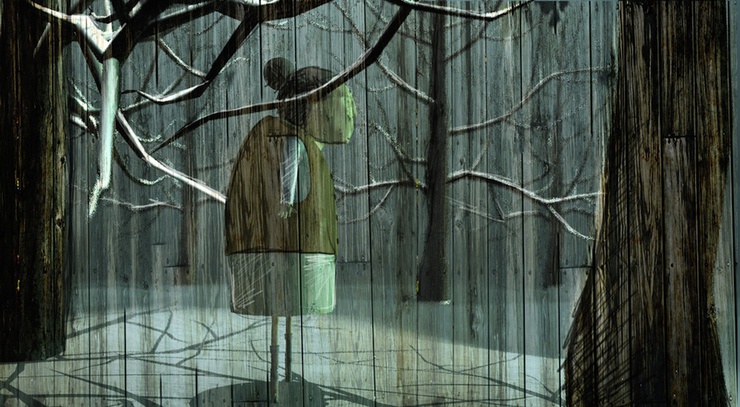
World reputation
 After Animafest, most guests head to France to attend the Annecy international animated film festival. ‘After Annecy, Animafest is the second oldest festival in the world,’ affirms Daniel Šuljić. Festivals in Japan and Canada follow closely. The Croatian festival survived severe economic and wartime crisis and was maintained regularly even during the war after the break-up of Yugoslavia. ‘Zagreb 1990 was probably the world’s only film festival that was prepared in one state (Yugoslavia) and held in another (Croatia),’ remembers Bordo. Today, after overcoming the divisive power of borders and with the technological advances, the festival witnesses a much greater diversity of expression, forms and creative approaches.
After Animafest, most guests head to France to attend the Annecy international animated film festival. ‘After Annecy, Animafest is the second oldest festival in the world,’ affirms Daniel Šuljić. Festivals in Japan and Canada follow closely. The Croatian festival survived severe economic and wartime crisis and was maintained regularly even during the war after the break-up of Yugoslavia. ‘Zagreb 1990 was probably the world’s only film festival that was prepared in one state (Yugoslavia) and held in another (Croatia),’ remembers Bordo. Today, after overcoming the divisive power of borders and with the technological advances, the festival witnesses a much greater diversity of expression, forms and creative approaches.
A recent trend that Bordo has noticed in world animation is the abundance of dark stories. ‘There are too many ugly characters and ugly scenes,’ he says. ‘Today this is a general creative stream in the world of animation.’ The ‘ugly style’ is visibly expressed in British director Robert Morgan’s Bobby Yeah (2012), about a ‘demonic-looking puppet’ who steals. In contrast, This Is Love (2010) by Lei Lei (China) defends completely opposite ‘happy’ ideals. Another ‘obvious’ tendency in animation points that ‘absurdist stories are becoming pretty popular,’ notes Croatian director Jurica Starešinčić. Oh Willy... (Emma De Swaef, Marc James Roels, 2011, Belgium) became one of the most praised ‘warm, human and absurd’ story about a world inhabited by a nudist colony of woolen puppets.
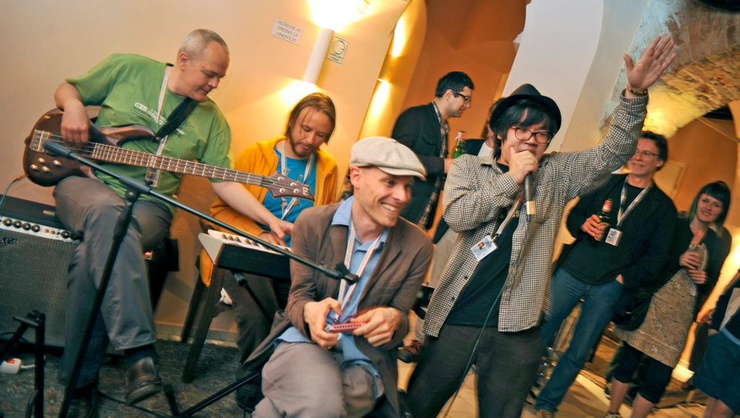
Zagreb’s real people
’Animation is highly appreciated in Croatian society and is also the most successful local film genre,’ emphasises filmmaker Simon Bogojević Narath. Croatians like Zvonimir Sabolek agree, saying he feels ‘proud’ of the history of Zagreb School. Whilst the festival gathers artists and critics from all over the world, curious to monitor the latest developments in animation, it is harder to meet Croatians who are ‘disconnected’ and who come to the festival out of curiosity.
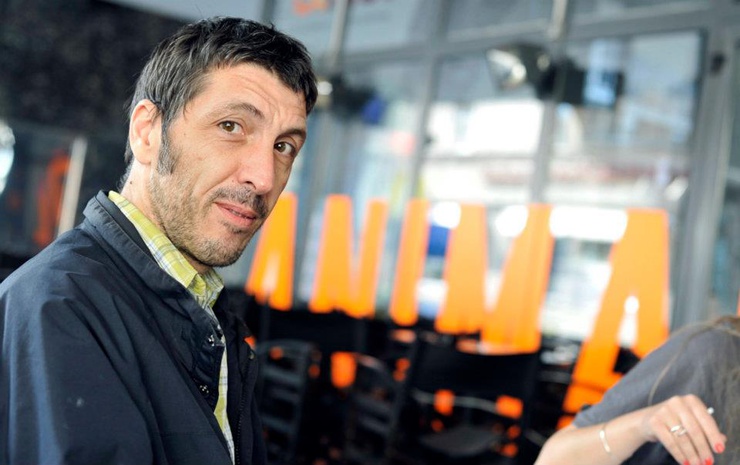
Zvonimir is not involved in animation professionally, but highlights the lack of balance between the local and the global recognition of the festival as problematic. 'The local Zagreb/ Croatian population mostly doesn’t recognise the event as big as it actually is,’ he says at Galerija Ulupuh, while visiting an exhibition celebrating 40 years of the world festival of animated film. ‘The usual audience of the festival is composed by foreigners, local student and art populations. There aren’t many Croatians interested in it.’ The standard of living makes people worry more about existential problems and less about their free time and leisure, concludes Zvonimir. He hopes that with the increase of life quality level, the local impact of Animafest will soon become as strong as the global one.
This article is part of cafebabel.com’s 2011-2012 feature focus on the Balkans, Orient Express Reporter 2, a project co-funded by the European Commission and with the support of Allianz Kulturstiftung.
All images: courtesy of © Zagreb Animafest 2012, Nina Đurđević, Nikola Zelmanović and David Oguić/ video: MrMorgansOrgans/ youtube



